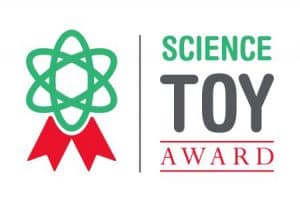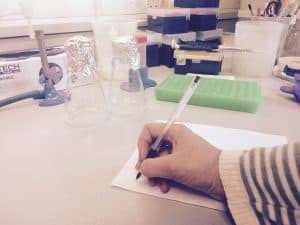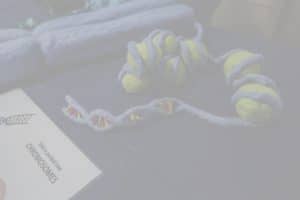During the first years of my Biology degree at the Autonomous University of Madrid (UAM), I never thought that I would be able to dedicate myself to research in the future. Basically, I decided to start this BSc degree because I was interested in zoology (animal studies), and because we had always been told that a research career is a difficult path to follow. However, from the third year of my degree onwards, and thanks to carrying out several internships in subjects such as cell biology or molecular genetics, I began to like the idea of working in a laboratory.
Due to my interest in cellular and molecular processes, I was keen on researching what happens in our body and how a single failure could trigger major problems such as leading to serious diseases. Therefore, as soon as I did my degree thesis in the department of cellular and molecular biology at the National Biotechnology Centre (Madrid), I decided that I wanted to pursue a career in academic research.
After graduating, I carried out a Master’s degree in Genetics and Cellular Biology. During these years, I could improve my knowledge about the functioning of many cellular mechanisms. What most caught my attention in cell biology, however, was to learn about the processes that give rise to cancer, the different types of cancer, and the options available for its treatment. In addition, I wanted to explore and get to learn more about what is being studied at the moment in this regard: those studies that may come to light in a few years’ time as new ways of eradicating cancer.
When the SRUK/CERU (Society of Spanish Researchers in the UK) call about the SRUK/CERU On The Move programme, which collaborates with the Erasmus+ programme, opened and I saw that there was a laboratory in the UK dedicated to pancreatic cancer research, I didn’t hesitate for a second to apply. Professor Steve Pereira and Dr Pilar Acedo’s laboratory, from the Division of Medicine at the Royal Free Hospital (Institute for Liver and Digestive Health), interviewed me as a potential candidate to join their lab, and I later accepted the offer and became one of the participants of this SRUK/CERU mobility programme [1]. As a result, I spent two months studying and researching pancreatic cancer.
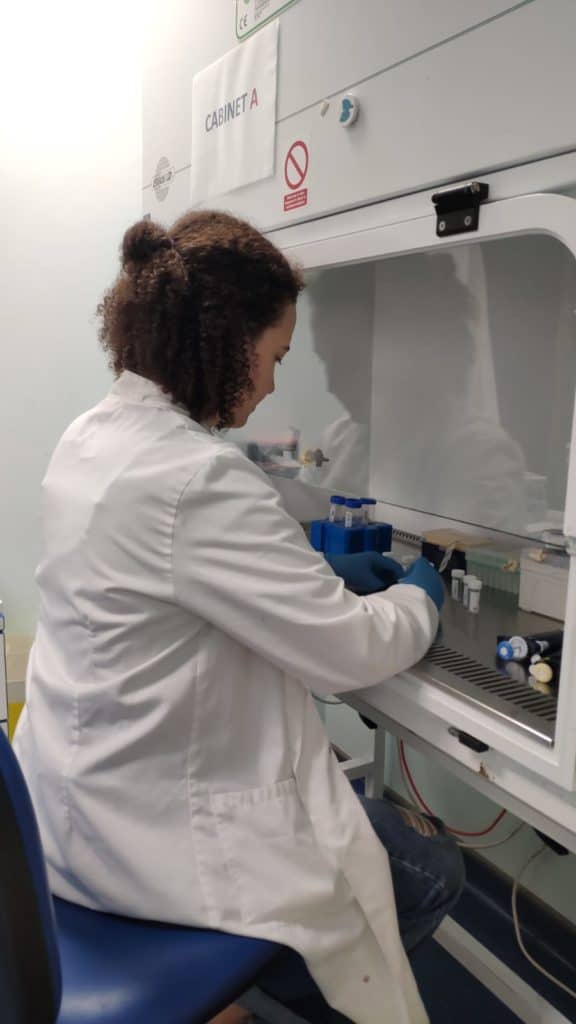
For those unfamiliar with pancreatic cancer, it should be noted that patients suffering from this disease have a low life expectancy. In any country does it exceed 10% survival at 5 years. In Spain, survival in men is 4% and 5% in women, and similar data is shown in other countries in Europe as reported by the Spanish Association Against Cancer (AECC) [2]. For this reason, there are still many unknowns that could only be uncovered by more research on pancreatic cancer. In that way, Steve and Pilar’s group are looking at possible combination treatment strategies that could potentially improve the outcome of pancreatic cancer, and thus increase the survival rate of patients with pancreatic cancer.
My work in this laboratory focused on the use of light-based therapies to improve pancreatic cancer outcomes [4]. Despite being the only researcher in the lab with a short-term stay, I learned a lot. My work involved the use of techniques that I had not used before (e.g., proliferation and viability assays, flow cytometry, or cell culture), but it also included the use of cells derived from pancreatic cancer patients (see Figure 1). I found the latter method fascinating given the laboratory is located in a hospital (Royal Free Hospital) and the samples I worked with were directly obtained from patients.
But my stay was not only focused on learning various techniques at the lab. I was part of a multidisciplinary group with people that came from all over the world — and I loved that! Consequently, I further improved my communication skills given how important it is to understand and communicate with the rest of the team. Many of the experiments are carried out in collaboration with other lab members, and team work is always much easier when there is a good atmosphere in the group such as the one I felt when in the UK. In that way, many events, such as going out for a drink or a meal, took place outside working hours, which really helped to forge connections and get to know everyone better. In my opinion, these events were very positive as they helped to maintain a more relaxed group atmosphere as you can get to know your colleagues more closely (see Figure 2). For all these reasons, I am very grateful for having been able to live this experience. It has also been a good opportunity to get to know other researchers in this field and, who knows, perhaps in the future might become future collaborators!
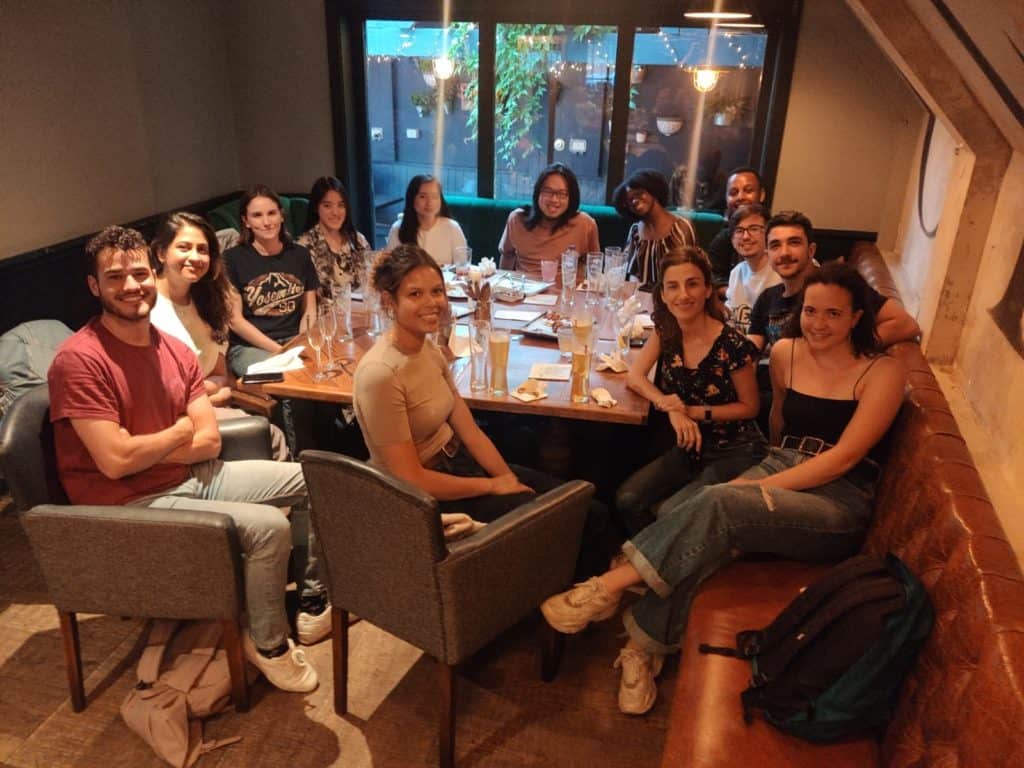
Thanks to this stay, I have realised that I want my future to be in science and research. I could even say that it has helped me to decide that what I want to do is to work in a laboratory which research focuses on improving people’s health. That is why this stay has been so important for me: it has allowed me to experience new professional avenues as well as helped me find my way.
At the same time, I am now more aware that a career in research is not an easy path. You have to be prepared, especially mentally, as there will be many moments when you will ask yourself whether what you are doing is indeed what you want to do. Nevertheless, I am still very interested in the research that surrounds cell biology studies, and I feel that this is the path I want to follow. Therefore, my next steps in the research world will be to pursue a PhD that allows me to continue learning and enjoying this work.
By María Rosado Rodríguez (@mariaaa_rr). Biologist specialised in cell biology and genetics.
More information:
- Institute for Liver and Digestive Health (ILDH), UCL. Available online here.
- [Available in Spanish] Blog post: “What is pancreatic cancer?”. Source: Spanish Cancer Association. Available online here.
- Blog post: “Getting Photodynamic Therapy”. Source: American Cancer Society. Available online here.

